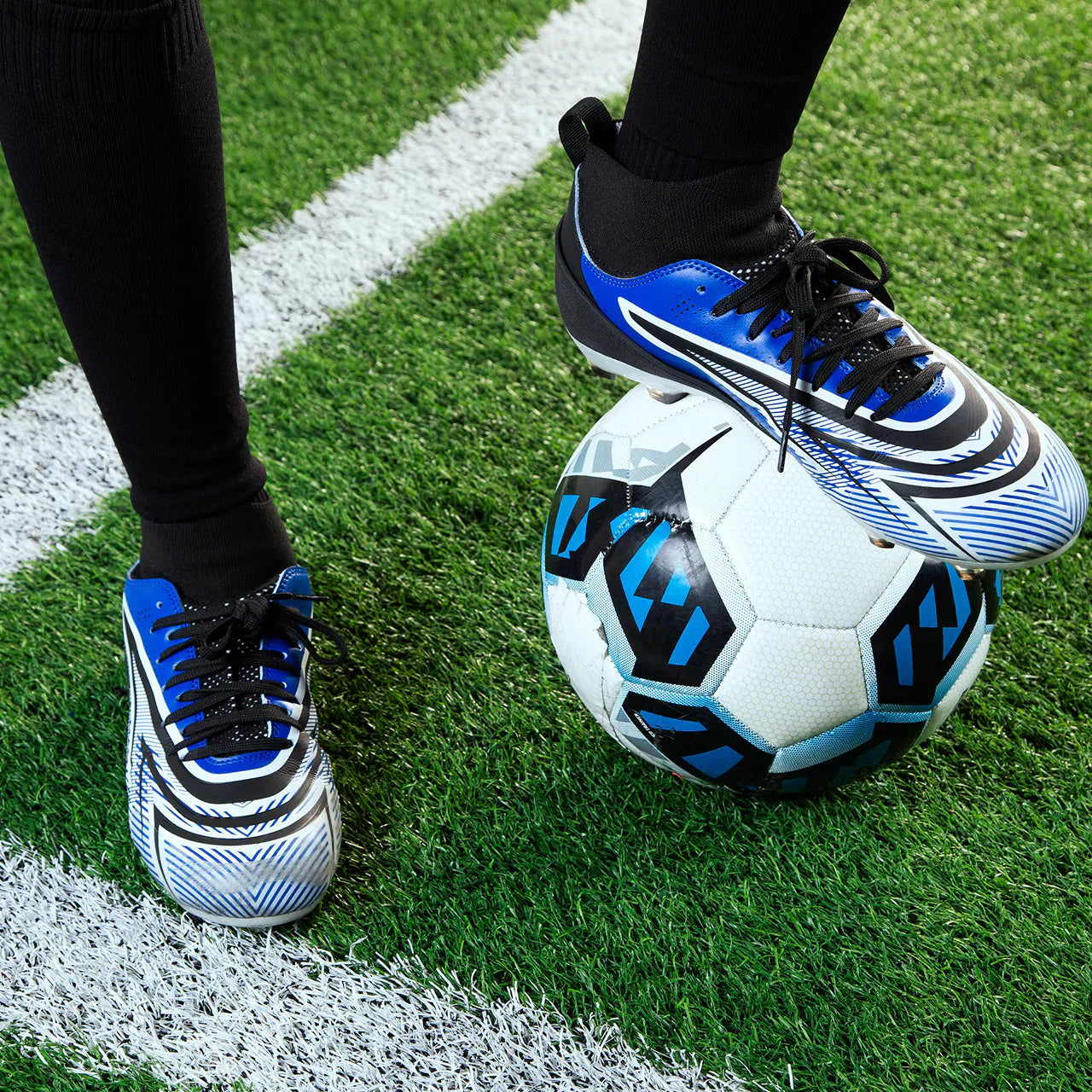The Importance of Ankle Support in Soccer Cleats
Soccer, also known as football in most parts of the world, is a dynamic sport that requires agility, speed, and precise footwork. Players frequently make sharp turns, sudden stops, and quick directional changes. This intense physical demand places significant stress on the lower limbs, particularly the ankles. One of the most crucial yet often overlooked aspects of soccer cleats is ankle support. Proper ankle support in soccer cleats can make a significant difference in a player’s performance, comfort, and, most importantly, injury prevention.
Why Is Ankle Support Important?
The ankle joint plays a pivotal role in soccer, acting as a bridge between the foot and the leg, absorbing shocks, and facilitating movement. With constant lateral movements, pivoting, and potential tackles from opponents, the risk of ankle injuries, such as sprains, strains, and fractures, is relatively high. Proper ankle support helps stabilize the joint, reducing the likelihood of these injuries and enabling players to perform at their best.
Reducing the Risk of Injuries
Ankle injuries are among the most common in soccer, with sprained ankles being the leading issue among players. These injuries often occur due to rolling, twisting, or excessive force applied to the ankle. Cleats with good ankle support can minimize these risks by providing additional stability and reducing excessive movement in the joint. High-top cleats, for example, wrap around the ankle, offering extra support and preventing excessive lateral motion that could lead to injuries.
Enhancing Performance and Stability
Soccer players rely on quick acceleration, sudden changes in direction, and precise foot control. Ankle support contributes to a player’s balance and stability, allowing for greater confidence on the field. When players feel secure in their movements, they can focus on their game rather than worrying about potential injuries. Cleats with proper ankle support also help distribute pressure evenly across the foot, reducing fatigue and improving endurance throughout a match.
Different Types of Ankle Support in Cleats
Soccer cleats come in different styles, and the level of ankle support varies among them:
- Low-Top Cleats: These are designed for maximum speed and agility, providing the least ankle support. They are preferred by players who rely on quick movements and are less prone to ankle injuries.
- Mid-Top Cleats: Offering a balance between flexibility and support, mid-top cleats provide moderate ankle protection while still allowing for agility.
- High-Top Cleats: These provide the most ankle support by extending above the ankle. They are ideal for players who have a history of ankle injuries or those playing in physically demanding positions.
Choosing the Right Cleats for Ankle Support
When selecting soccer cleats, players should consider their position, playing style, and injury history. Those prone to ankle injuries should opt for cleats with added ankle support, even if it means sacrificing a bit of agility. Additionally, combining cleats with ankle braces or tape can further enhance protection.
Conclusion
Ankle support in soccer cleats is not just about comfort—it’s about safety and performance. Properly supported ankles reduce the risk of injuries, provide stability, and improve overall gameplay. Whether you are a professional player or a weekend warrior, investing in the right soccer cleats with adequate ankle support can keep you on the field longer and playing at your best.


Share:
Choosing the Right Colors in Soccer and Football Cleats